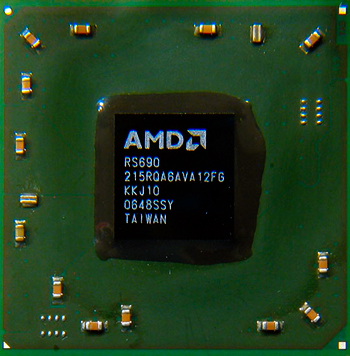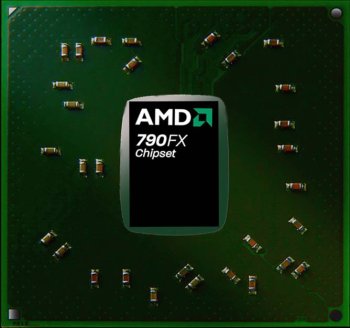Is It Worth It? AMD Spider Platform Benchmarked
The Conclusion


Jason’s Thoughts:
We need to end this review the same way that we started it: Should you upgrade? Well, only you can answer that question as you look at the results that we have seen from both boards.
I think it is obvious that the performance gained in going from the 690G to the 790FX board was quite impressive on the gaming and graphics side. If you are a gamer, there would be no question as to what you ought to do if you have the money and it is time to do an upgrade. The Spider platform is certainly a step in the right direction for AMD.
If you are looking to upgrade, and your current needs are video encoding and photography, than I would really see no need, as the 690 board certainly performed quite well for someone needing the raw power that a fast CPU and massive amounts of ram can provide. Your best bet would be to get that faster CPU and add ram to your existing setup, both of which would keep your system very usable and fast.
If you are an internet junkie, a student that writes papers and manages an iPod, or you live to write emails, than you really do not even need to be reading this review as anything that was built in the last 3-5 years is more than capable of handling what you are doing.
The price to upgrade to a 790FX series board is certainly not something to overlook. Even the cheapest 790FX board is likely to set you back around $185, so this should be looked at as an investment.
Probably the last question we should entertain is this: Is your money well spent on a system that includes the name AMD in it? While it certainly offers nice performance, the 790FX board is priced along the same lines as a nice Intel x38 chipset board, and costs at least twice as much as many P35 boards that will offer the same features and allow you to run an Intel processor. That could sound a little fanboyish, but it is not hard to see that Intel is the king of the hill when it comes to performance and ease of use. If you are in a position to upgrade, or you just have that itch to try something new, Intel is the way to go right now.
We live in a generation of the latest and greatest. A company lives and dies by getting you to think that you need what it is selling, even if you don’t. Of course, we also live in America: land of the free, home of the brave, and domain of the gotta have it if everyone else does attitude. Now, pardon me as I go out to get my new iPhone!
Nathan’s Thoughts:
The most interesting part of this article is how Jason got the AMD Phenom processor to work on the Gigabyte GA-MA69GM-S2H motherboard. This board was originally released last summer, so it is great to see a BIOS (F4) released that supports AMD AM2+ Phenom processors. When one installs an AMD AM2+ CPU on AM2 motherboard, the system bus speed is downgraded from HT3.0 (3600MHz) to HT1.0 (2000 MT/s); however, the frequency of AM2+ CPU is not impacted. This, along with the fact that the board doesn’t support PCI Express 2.0 means that the 690G motherboard was at a severe disadvantage compared to the AMD 790FX chipset that it was compared to.
Indeed this proved correct as the GA-MA69GM-S2H (rev. 1.0) motherboard was a tad slower in the majority of the benchmarks. In gaming the AMD 690G was 28% slower than the 790FX in Crysis with high quality settings and 5% slower in F.E.A.R. When it comes to gaming it seems that the AMD 790FX is a better platform to use as Crysis was much faster on it. Still, I’m just impressed how well Phenom works on the AMD 6XX chipset series!

Comments are closed.